- Learning time
- 30 minutes
- First play time
- 120 minutes
Steel Driver
Designed by: Martin Wallace
In Steel Driver players play investment brokers overseeing the rapid spread of railways across the USA. The board shows a map of the land with cities, and potential routes to be built by you the players (- the steel driver of the title is the guy who drives the spikes into the newly-built railroads). Visually it may look rather prosaic – but nestling within is a pretty feisty game.
Play takes place over five rounds with each round progressing through five phases. Players firstly each receive investment cubes – how many depends on how many players there are. Then everybody bids for control of six train companies. You’re bidding using your investment cubes, and when you win two things happen: first you get a share in that company, and then the amount of cubes your winning bid was comprised of is what you can spend building track for that company this round. So if you bid six cubes you can now spend six cubes building track. The cost to build between each city is clearly marked on the board, and the reward for adding a new city to a train company’s network is also shown: each city has a ‘cash value’ that increases the value of that train company for each round. When all track has been built the train companies ‘pay out’ – the controlling player for any one company gets a payout for the round.
For four rounds, the game is pretty much that. But on the fifth and final round, after track has been built and money paid out, the shares come into their own: All the cities across the map are ‘seeded’ with goods cubes of five different colours. If you have the most shares of a train company connected to a particular city, you can take a cube from it. However the taking of cubes, like the building of track, is done in a certain order, and that order is crucial. How the goods cubes earn you points if by collecting sets – five cubes of the same colour will only get you $50, but if you have five different colours that set is worth $150 instead. So during the game as well as looking for a fast buck, you also need to be thinking about this goods-collection in the final round, as it can catapult someone from last place into first…
The guru's verdict
-
Take That!
Take That!
Potentially high. You're not only trying to outbid each other, you're trying to outbuild each other and out-think each other too. There's scope for blocking each other on the map, making spoiling moves, and grabbing goods cubes before your opponent does.
-
Fidget Factor!
Fidget Factor!
Moderate on a first play, as there may been some thinking time about what to bid on. After that, Steel Driver's playtime may drop to an hour, or even faster.
-
Brain Burn!
Brain Burn!
A first game is really best played with an experimental air rather than trying to master the intricacies of strategy. Subsequent plays will make decision-making a lot easier.
-
Again Again!
Again Again!
It does look rather dry, but if you like to pit wits against each other Steel Driver has a lot of replayability. There's no massive randomness in how the game is set up, but minor variations in just one player's strategy will affect everything,


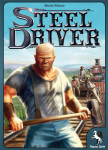

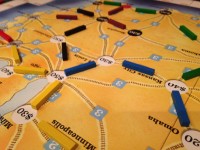
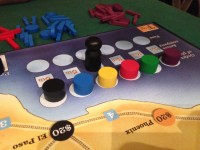
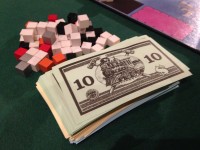
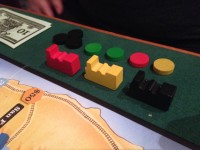


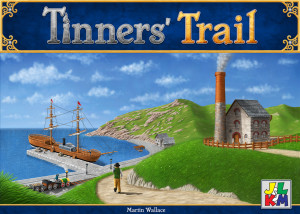
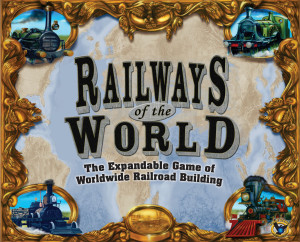
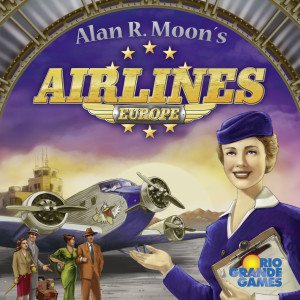
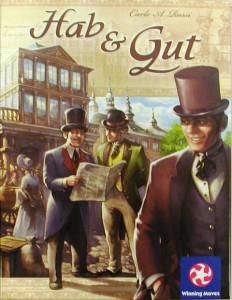
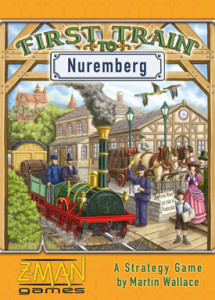
Sam says
It's kind of at the other end of the gaming spectrum to zombie apocalypses, space pirates or the quick luck-led fix of something like King of Tokyo, but I think Steel Driver is a rather intriguing game. You can concentrate on building up one train company, and maximize the returns on those shares, or you can piggy-back other people's efforts by grabbing the odd share here and there and netting a spread of returns. Also ignore the goods cubes scoring at your peril: if all your shares are with a train company that doesn't have a diverse return on the cube colours, you're probably not going to be picking up a win...